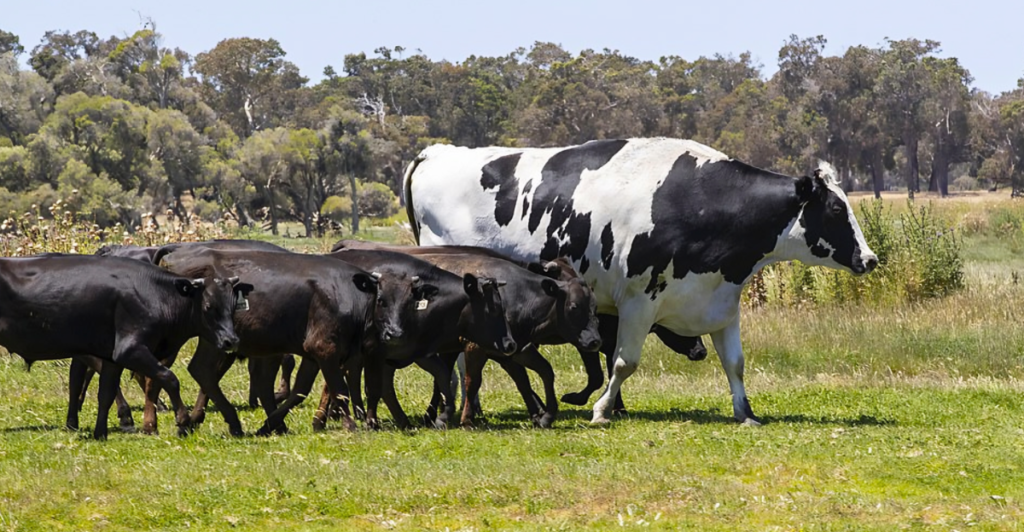
Cattle have been vital in human civilization for centuries, providing meat, milk, and labor. Across the world, different breeds have been developed for specific climates and purposes. From hardy work animals to high-yield dairy cows, each breed has unique characteristics that make it exceptional. This list explores ten of the most remarkable cattle breeds, highlighting their distinct traits, history, and contributions to agriculture and industry.
Angus – The Meat Powerhouse
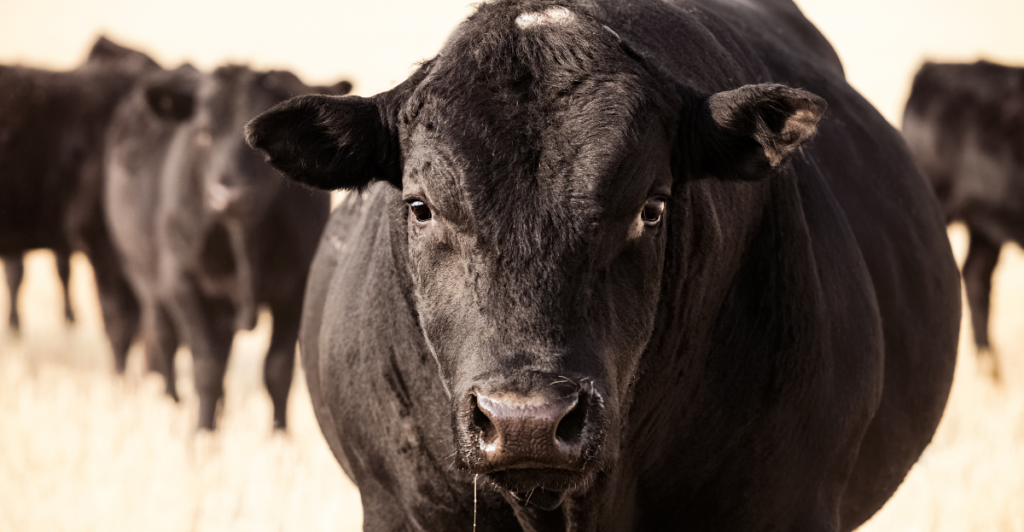
Originating from Scotland, the Angus breed is renowned for its high-quality beef. It has a naturally polled (hornless) head and a sleek black or red coat. Angus cattle are prized for their marbling, which enhances tenderness and flavor. Their adaptability and efficient feed conversion make them a favorite among ranchers. Due to selective breeding, the breed continues to improve, securing its place as one of the most sought-after beef cattle worldwide.
Holstein – The Dairy Champion
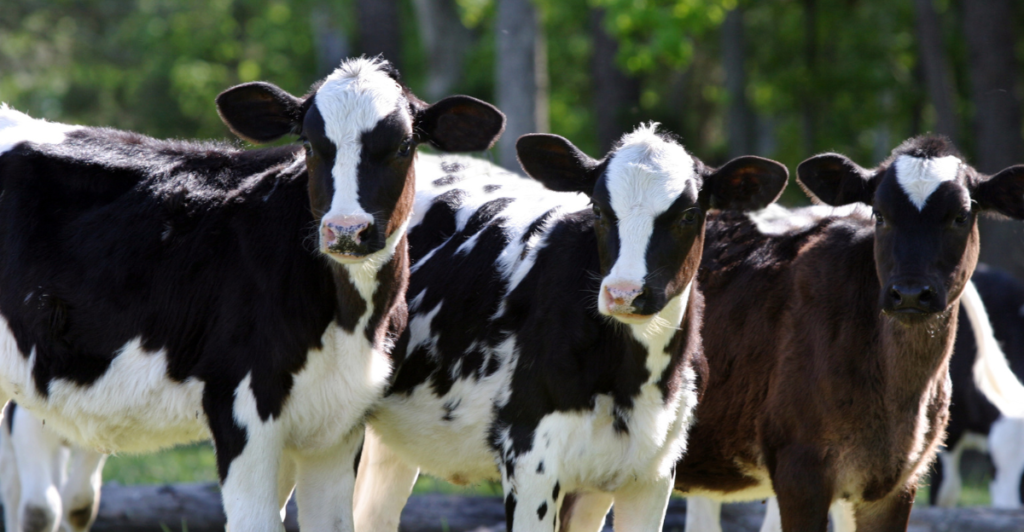
Holstein cows are the top milk producers globally with their distinctive black-and-white patches. Originally from the Netherlands, they are known for their high milk yields, producing up to 9 gallons daily. Their gentle temperament and efficient milk production make them a staple in dairy farms. Holsteins have been selectively bred for increased productivity, making them the backbone of the dairy industry and an essential breed in modern agriculture.
Hereford – The Hardy Beef Breed
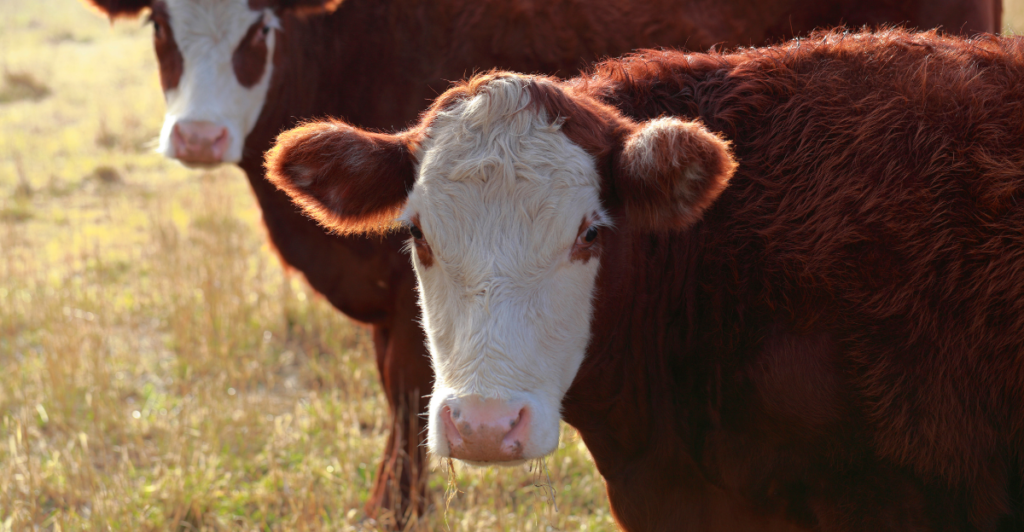
Hereford cattle, with their red bodies and white faces, are among the most resilient beef breeds. Developed in England, they are known for their ability to thrive in diverse climates and grazing conditions. Their meat is highly valued for its rich flavor and tenderness. Easy to manage and adaptable, Herefords have been exported worldwide, contributing significantly to beef production in North and South America, Australia, and beyond.
Brahman – The Heat-Resistant Breed
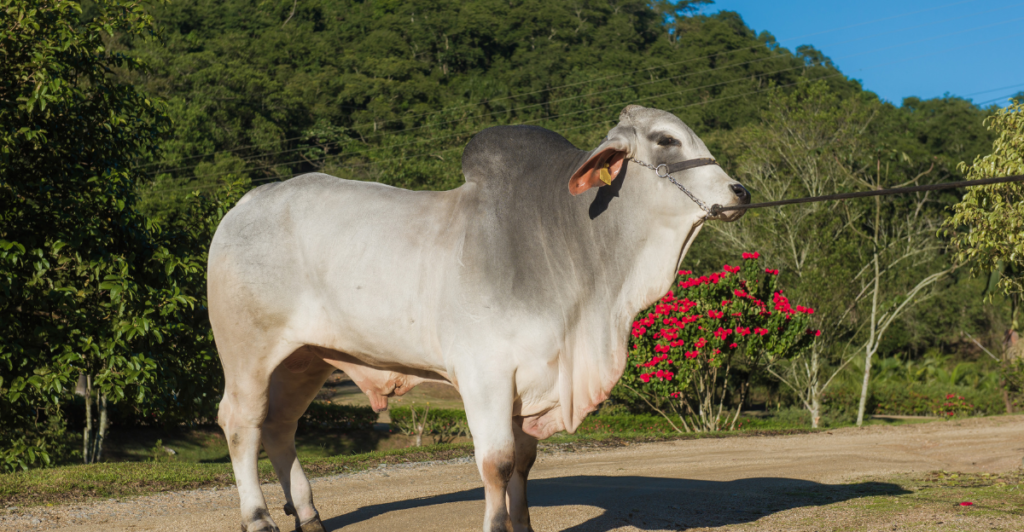
Originating from India, Brahman cattle are recognized for their distinctive hump and loose skin. These physical traits help them tolerate extreme heat and repel insects, making them ideal for tropical regions. They are commonly used in crossbreeding to enhance resilience in other breeds. Their adaptability and docile temperament have made them one of the most valuable cattle breeds for hot and humid climates.
Charolais – The French Beef Giant
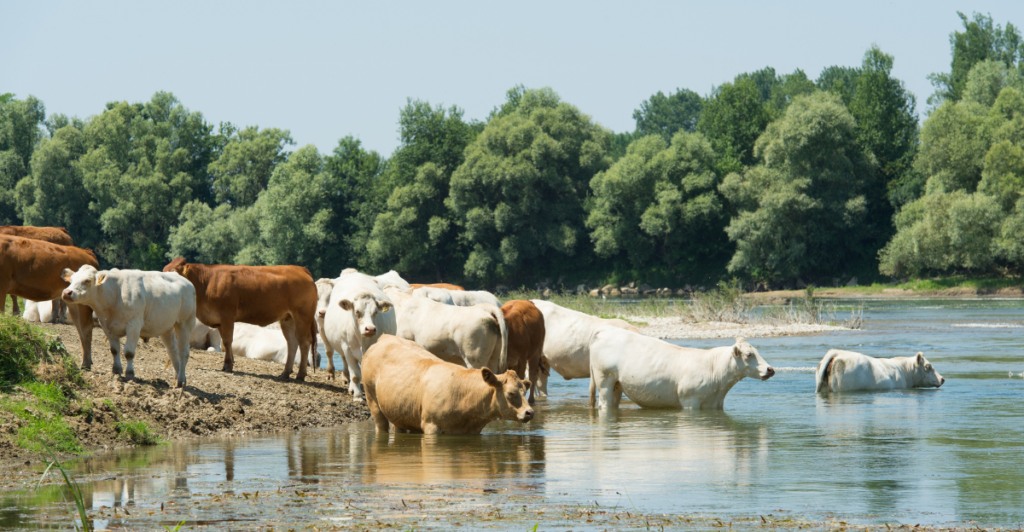
The Charolais breed from France is famous for its large size and impressive muscle growth. Typically white or cream-colored, Charolais cattle are widely used in beef production due to their excellent growth rate and high meat yield. Their calm nature and rapid weight gain make them a popular choice for ranchers looking to produce high-quality beef efficiently. Charolais’ genetics have influenced many beef breeds worldwide.
Simmental – The Versatile Breed
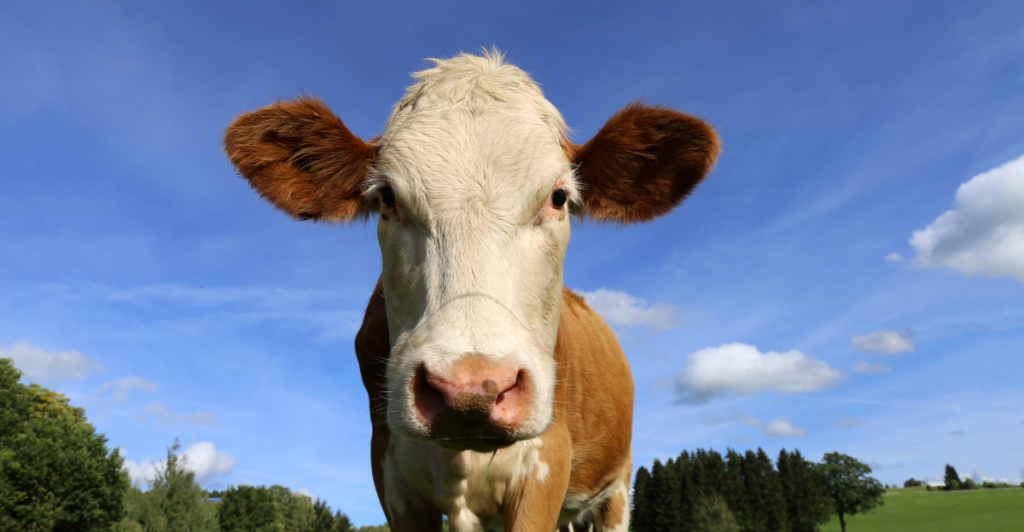
Simmental cattle, originally from Switzerland, are one of the most versatile breeds in the world. They excel in milk and meat production, making them a dual-purpose breed. Their red-and-white or gold-and-white coats add to their striking appearance. Simmentals are known for their rapid growth, strong maternal instincts, and adaptability to various climates. Their genetic influence can be found in many crossbred cattle across Europe and North America.
Highland – The Ancient Scottish Breed
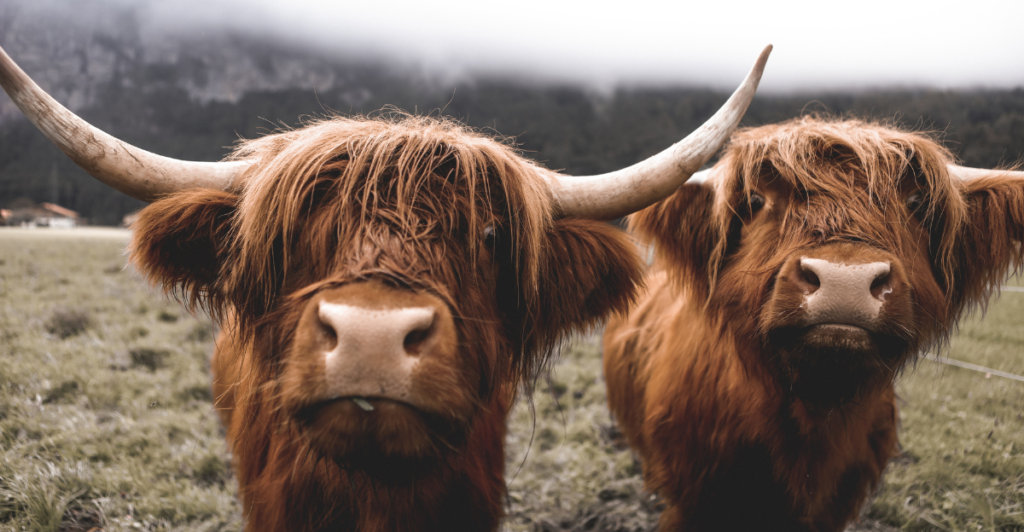
Highland cattle are among the oldest registered cattle breeds with long, shaggy coats and curved horns. Originating from the rugged terrain of Scotland, they are highly resistant to cold weather. Their thick fur allows them to thrive in harsh environments without excess body fat. Highland cattle produce lean, flavorful beef, making them a favorite for specialty meat markets. Their calm and friendly nature also makes them a popular breed for small farms.
Texas Longhorn – The Icon of the West
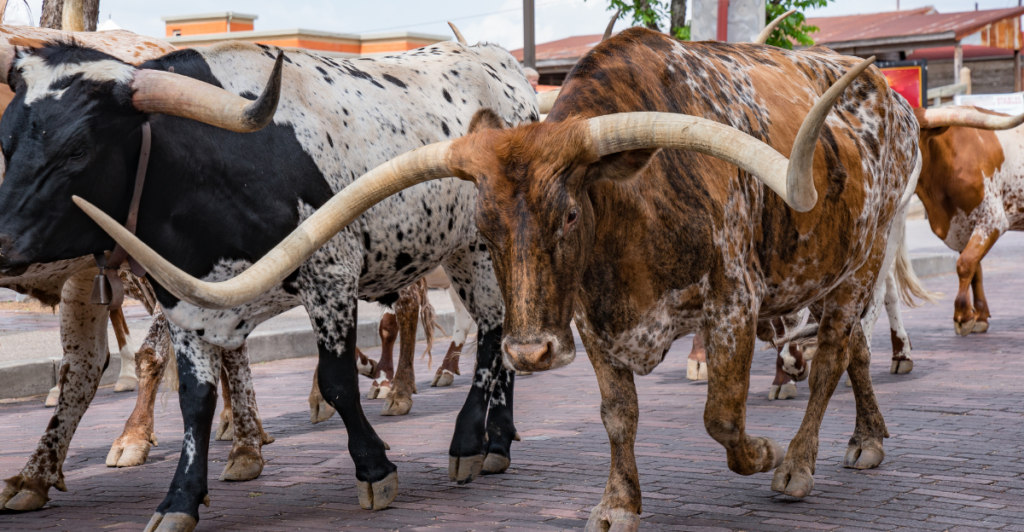
The Texas Longhorn is easily recognizable by its enormous, curved horns spanning up to seven feet. This breed played a crucial role in American history, particularly in cattle drives of the 19th century. Longhorns are incredibly hardy, surviving in harsh conditions with minimal resources. Their lean meat is gaining popularity for its lower fat content. Today, they are prized not only for their resilience but also for their striking appearance.
Belgian Blue – The Muscle Marvel
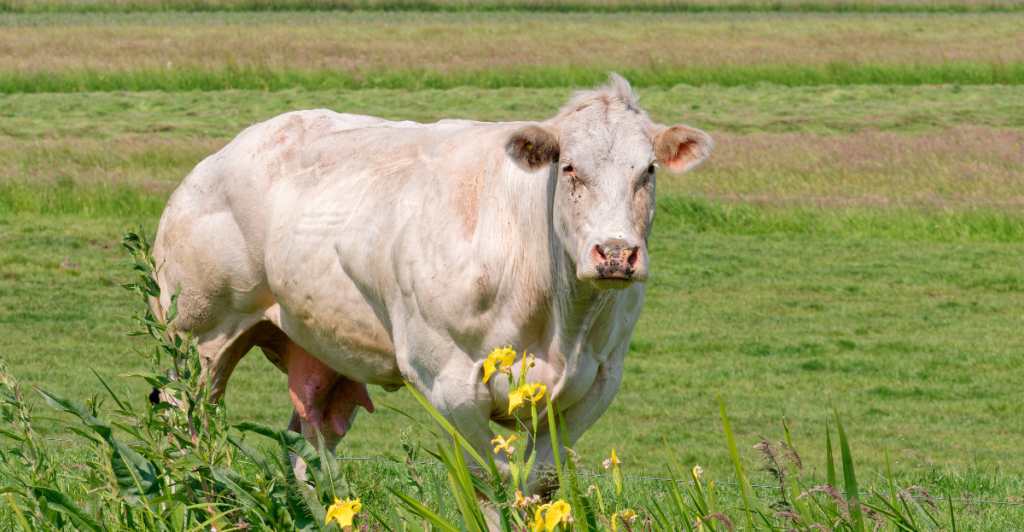
The Belgian Blue is a standout breed due to its extreme muscle definition, known as “double muscling.” Originating from Belgium, this breed is genetically predisposed to rapid muscle growth, producing lean, tender meat. Their unique physique makes them one of the most visually striking cattle breeds. Despite their size, Belgian Blues are docile and easy to manage. Their high meat yield makes them a favorite among beef producers worldwide.
Jersey – The Butterfat Queen
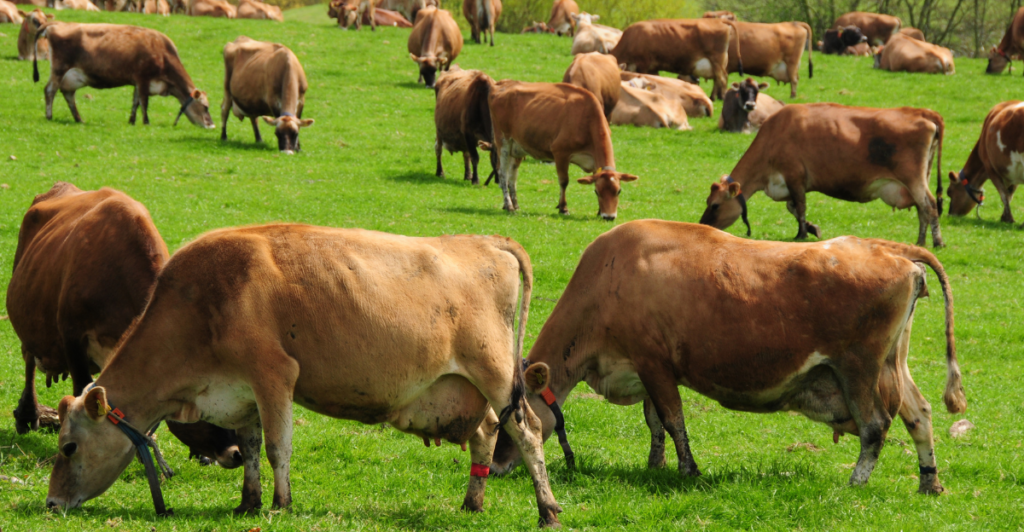
With their light brown coats and large, gentle eyes, Jersey cows are known for producing milk with a high butterfat content. Originating from the Channel Island of Jersey, they are smaller than other dairy breeds but incredibly efficient milk producers. Their milk is ideal for making butter, cheese, and other dairy products. Jerseys are also known for their friendly nature, making them a favorite for small farms and family-owned dairies.
The Diversity of Cattle Breeds

From dairy champions like the Holstein to resilient beef producers like the Texas Longhorn, cattle breeds offer incredible diversity. Each breed has been developed to meet specific needs for milk, meat, or adaptability to harsh climates. Their unique traits have shaped agriculture and continue to play a vital role in food production. Understanding these exceptional breeds highlights the importance of selective breeding and sustainable farming practices in modern agriculture.
Final Thoughts
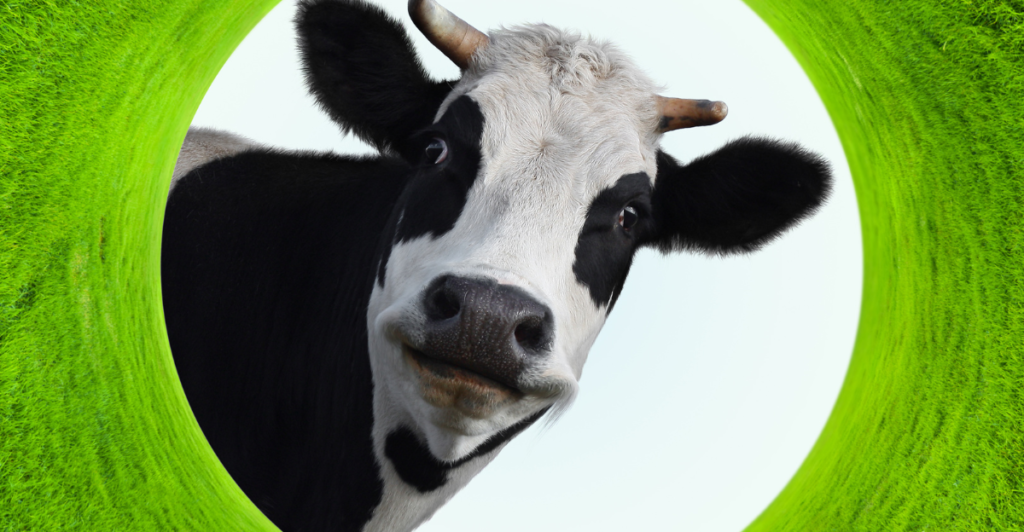
Cattle have been integral to human history, providing essential resources for survival and commerce. As farming technology evolves, so do breeding practices, ensuring healthier, more efficient livestock. Whether you appreciate them for their contributions to the food industry or their historical significance, these exceptional cattle breeds showcase nature’s incredible adaptability and human ingenuity. Learning about these breeds gives us a greater appreciation for their role in our daily lives.
Discover more of our trending stories and follow us to keep them appearing in your feed

Bobcats Are Making a Comeback—And They Might Be Protecting Us From Disease
Largest U.S. Dam Removal Sparks Giant Salmon Revival
After 800 Years of Silence, This American Volcano Shows Signs of Activity
Lake Shasta’s Remarkable Comeback From Drought Captured in Stunning Images
This article first appeared here
Stay connected with us for more stories like this! Follow us to get the latest updates or hit the Follow button at the top of this article, and let us know what you think by leaving your feedback below. We’d love to hear from you!







